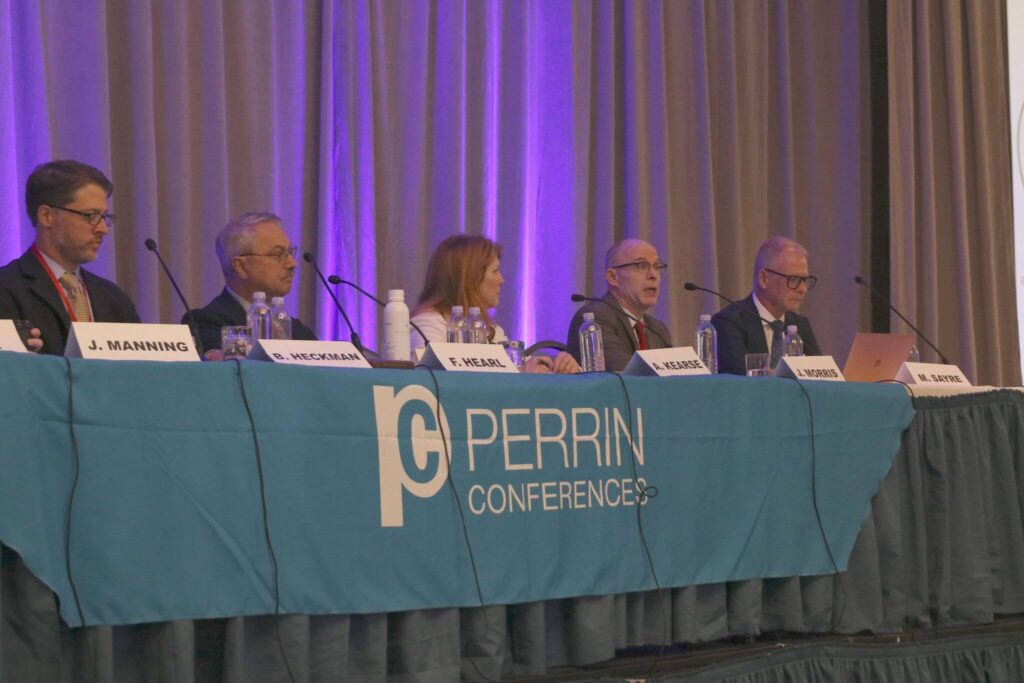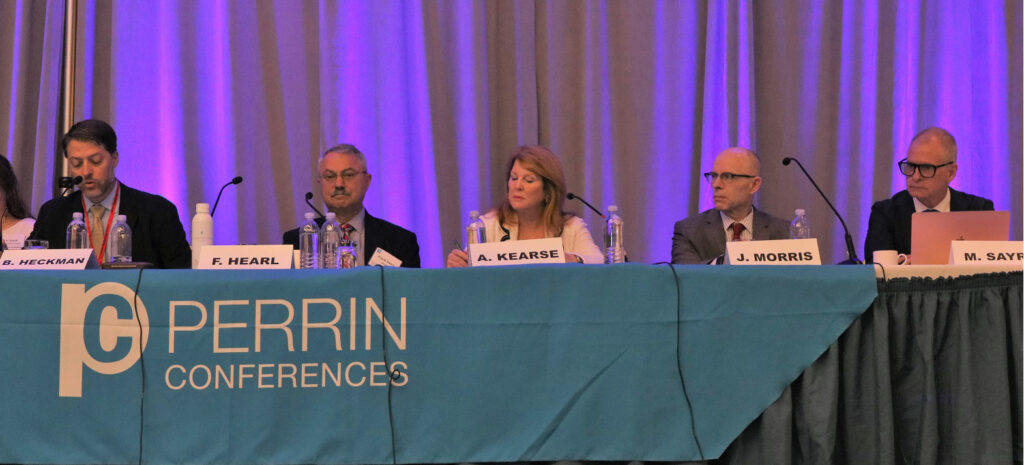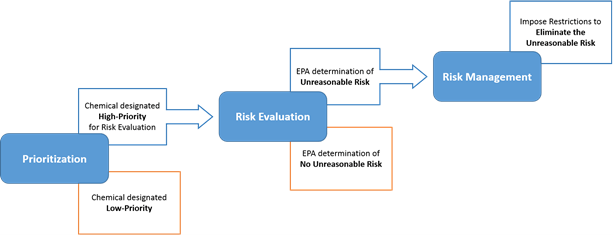Changes within the Toxic Substances Control Act (TSCA) – Perrin Conferences National Asbestos Conference
Ben Heckman, CIH, MPH moderated a panel of experts on the changes within TSCA last week in Charleston, SC at the at the Perrin National Asbestos Conference. Panelists Frank Hearl, PE, Chief of Staff (NIOSH); Jeffery T. Morris, PhD, (EPA); Anne McGinness Kearse, Esq., (Motley Rice LLC), and Mark D. Sayre, Esq. (Foley & Mansfield) discussed the addition of workers to the EPA’s Toxic Control Substances Act, the process and steps the EPA follows to reach their Recommended Exposure Limit (REL) to asbestos, and how the addition of the term workers to the definition effects workplaces.

TSCA is a 1976 law that gives the EPA the authority to regulate commercial distribution and use of chemicals in the United States. It applies to new chemicals and chemicals currently on the market with the exception of drugs, cosmetics, pesticides and food additives. Under TSCA, the EPA is to ensure chemicals do not pose an unreasonable risk to human health and environment. In 2016, the United States Congress revised TSCA and provided the EPA with the authority to review and evaluate chemicals before they are permitted to enter the consumer market and changed the way risk analysis is done for chemicals already on the market. If a chemical manufacturer has not provided sufficient data, the revisions now allow for the EPA to ask for toxicity data to assess for potential toxicity.
The risk evaluation process and timeline for existing chemicals begins with prioritization, or designation of a chemical substance as either High Priority for further risk evaluation, or Low Priority for which risk evaluation is not warranted at present. The second step in the EPA’s process for evaluating the safety of chemicals is risk evaluation. If the EPA designates a chemical as High Priority, the chemical moves immediately to the risk evaluation phase. At the conclusion of the risk evaluation phase, EPA will use the risk evaluation as a basis to determine whether or not the chemical presents an unreasonable risk to health or the environment under the chemical’s conditions of use. TSCA prohibits EPA from considering non-risk factors (e.g., costs/benefits) during risk evaluation. This includes risks to subpopulations who may be at greater risks than the general population, such as children and workers. The risk evaluation process has the following components:
- a scope document that provides the public with information on the focus of the risk evaluation;
- hazard and exposure assessments and a risk characterization to inform the risk determination; and
- a risk determination stating whether a chemical substance presents an unreasonable risk to health or the environment under its conditions of use.
The EPA’s existing chemicals process is risk management. If at the end of the risk evaluation process, EPA determines that a chemical presents an unreasonable risk to health or the environment, the chemical must immediately move to risk management action under TSCA. EPA is required to implement, via regulation, regulatory restrictions on the manufacture, processing, distribution, use or disposal of the chemical to eliminate the unreasonable risk. EPA is given a range of risk management options under TSCA, including labeling, recordkeeping or notice requirements, actions to reduce human exposure or environmental release, and a ban of the chemical or of certain uses. Like the prioritization and risk evaluation processes, there is an opportunity for public comment on any proposed risk management actions.
More recently, the EPA finalized the designation of the next 20 high-priority chemicals for risk evaluation for any unreasonable risks they may present to human health or the environment. The 20 chemicals consist of seven chlorinated solvents, six phthalates, four flame retardants, formaldehyde, a fragrance additive, and a polymer precursor.
At RHP Risk Management, we help our clients navigate the uncertainties associated with environmental and occupational hazards and risks and can assist with updating an employer’s hazard communication program, chemical inventory document management, and hazard communication training to ensure regulatory compliance. Our staff of public health professionals are experienced and trained in recognizing, anticipating and controlling hazards. For more information on RHP’s services and contact information, please contact Jacob Persky, MPH, CIH at jpersky@rhprisk.com, (773) 867-6001 or Ben Heckman, MPH, CIH at bheckman@rhprisk.com, (717) 706-3847 and visit rhprisk.com.


